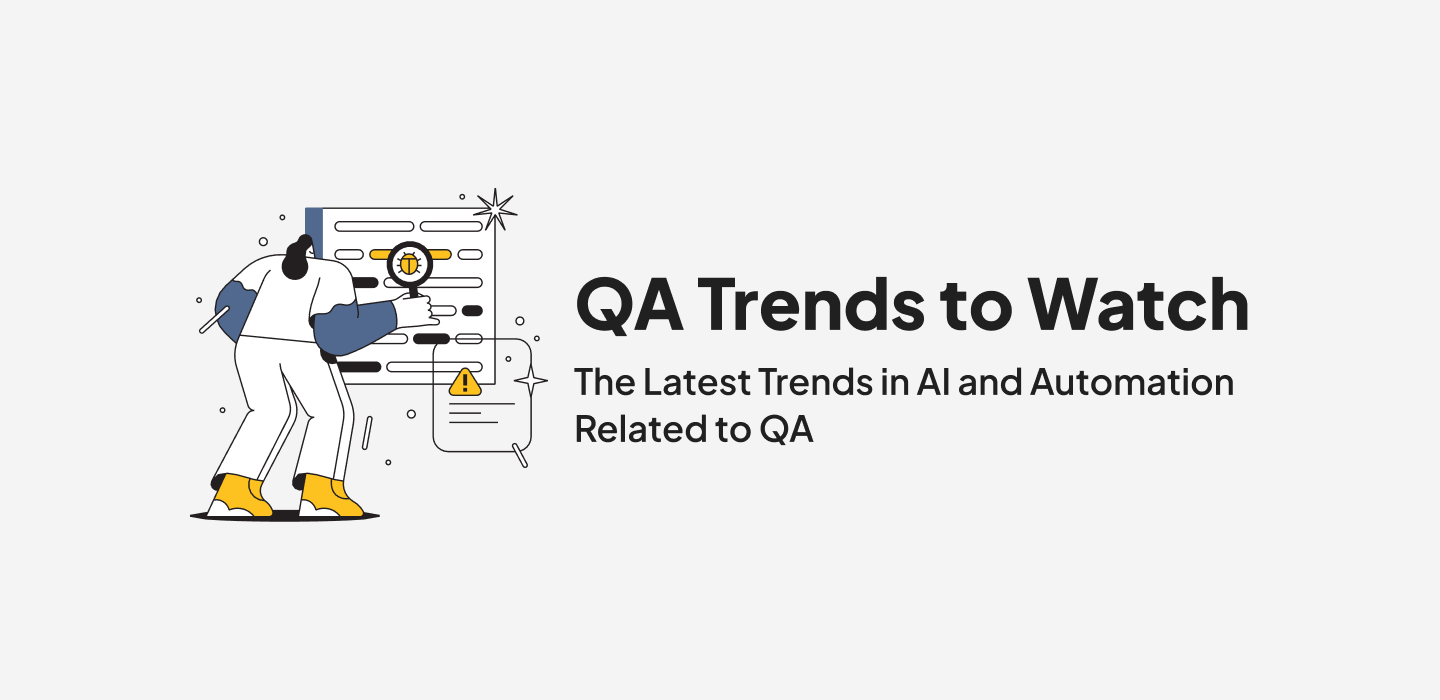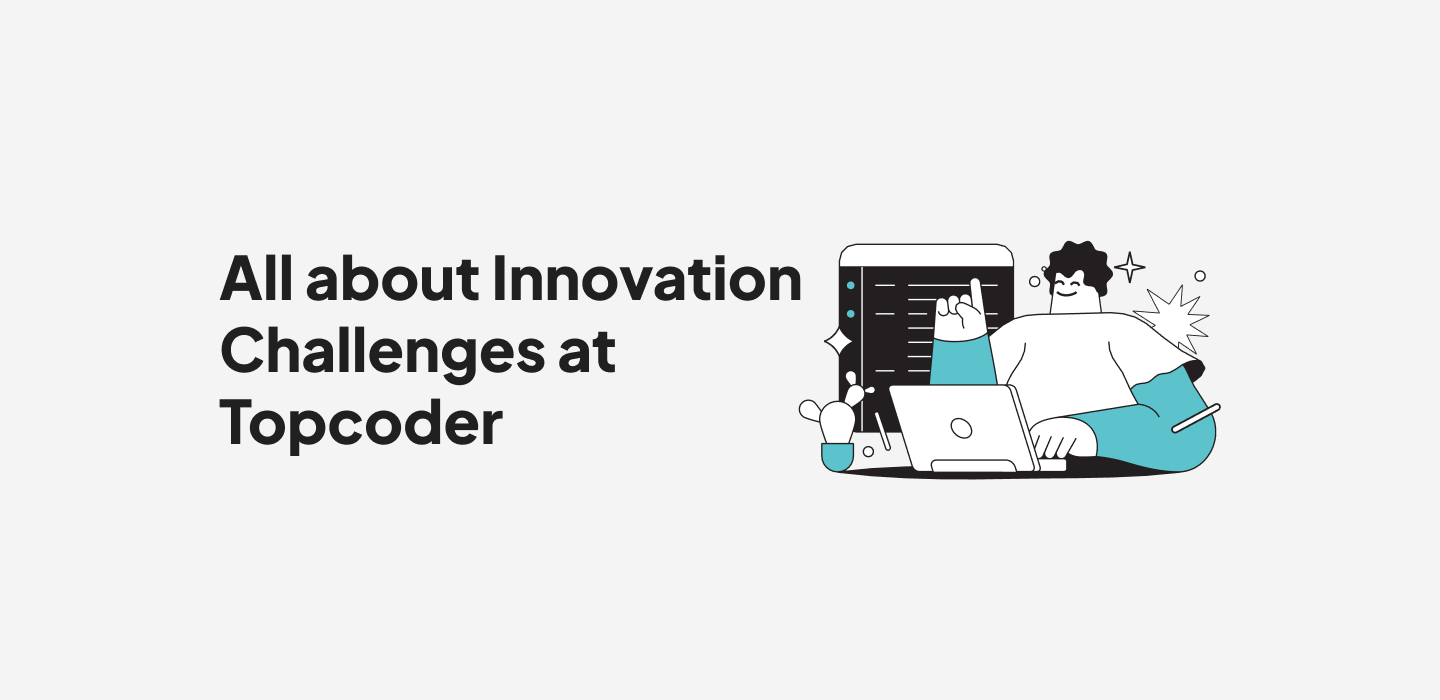January 22, 2020 John Winsor: Why Open Talent Ecosystems are the Future
In the rapidly changing business world, analog models are outdated. The future belongs to tech-driven, digital models that use open talent. At Topcoder Open 2019 (TCO19) John Winsor, the founder and CEO of Open-Assembly and executive-in-residence at Harvard Business School’s Laboratory for Innovation Science at Harvard (LISH) spoke about open talent and discussed a framework for business innovation.
Among other things, Winsor’s TCO19 keynote explored why the open talent model is successful. He also discussed the shifting landscape of business and how companies can (and must) drive innovation and avoid “passion deserts.”
No Matter Who You Are, You Will Be Disrupted
Winsor kicked things off with a true story about a terrifying ski trip. In this story, he and his whole group face the deadly threat of an avalanche. Although everyone made it out, the incident shook him up. Even world-class outdoors people face threats and challenges. His group engaged in the best safety practices, planning their route and testing the conditions, but an unexpected emergency came up.
Winsor believes this is a metaphor for the business world today. Every company, no matter how well organized, faces disruption from digital models. No matter how successful a business is, digital transformation is the new norm, and you need to be alert and ready to handle the massive landscape shift.
Why Open Talent Works
Winsor prefers the term “open talent” over “crowdsourcing,” “gig economy,” or “co-creation”. He shared a story to illustrate why the open talent model is so successful: A potato chip company wanted to remove oil from their chips but the traditional method (shaking chips on a rack) resulted in too many broken chips. The solution eluded them until they reframed the question, and posed it to an open community, asking how to remove a “viscous substance off of a thin wafer,” Reframing the problem helped the company access people who could think innovatively, in this case a violinist solved the problem with her knowledge of sound frequencies.
As that example shows, the open talent model works by inviting innovation and new solutions from outside of the traditional approaches, but Winsor cautions that it works best in what he calls the “open talent ecosystem.” Rather than viewing open talent as the solution for every challenge, companies actually need a whole ecosystem approach, cultivating an internal open innovation model within the company to share knowledge and create solutions, combined with an external talent pool that “pours gas” on finding solutions by bringing passion and fresh perspectives to the table.
How Companies Can Adopt Open Talent Solutions and Avoid Passion Deserts
Adopting open talent models is still hard for many companies, even with proven solutions and carefully crafted open talent adoption strategies. Winsor attributes this to culture: Some CEOs feel threatened by open talent. He sees the need to bridge the gap between the early adopters (those excited by new models and ways of thinking) and the majority who just want solutions that work. Platforms like Topcoder and events like the Topcoder Open help bridge that gap.
To really transition successfully to an open talent ecosystem, Winsor shares that companies need to change two things: they need to eliminate “passion deserts” by infusing the passion of freelancers and entrepreneurs into corporate culture. They also need a new mindset, one shaped by confidence and energy rather than trauma and fear. Winsor likens the new mindset to surfing, rather than facing an impending avalanche. With the right skills and outlook, individuals and businesses can ride the wave of momentum offered by the open talent model.
Read more about open talent models and Topcoder’s projects that are disrupting business as usual at topcoder.com.
VP, Marketing


